6 Twin-Engined Cars That Proved One Powertrain Simply Wasn't Enough
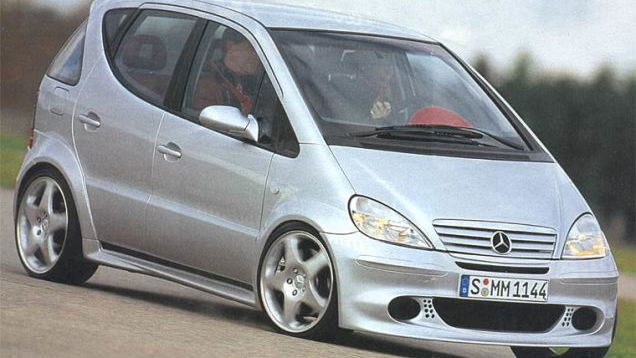
In the search of almighty power, car manufacturers and modifiers will look to the staples of forced induction and displacement to eke out every horse from the stable. Some folks, however, have decided that such conventional means are for amateurs and that one powertrain simply isn’t enough. It’s rare, but sometimes great engineering minds decide to whack another engine in, because why the hell not!
Mostly reserved for publicity stunts or extreme concepts, twin-engined cars normally share a throttle and clutch system to synchronise gear changes and the inlet of fuel and air. This is implemented to keep the car running sweetly, as well as making sure it doesn’t try to rip itself apart from each axle. You may recognise some of the machinery on this list but there are some true hidden gems that somehow got the double-engined go-ahead.
Mercedes-Benz A-Class A38 AMG
The first generation of A-Class went through a particularly torrid time in the media due to a spectacular failure in the dreaded ‘elk test’. This was because the floor was 200mm higher than most other hatchbacks of the time to incorporate an ‘angled’ four-cylinder engine that swept underneath the car.
AMG swooped in to try and save the day and – defying all logic – decided to increase power by slapping a duplicate engine under the back of the car. Taking an identical powerplant from the A190, the A38 was born, sporting 250bhp (125bhp multiplied by two) and 265lb ft of torque. This made for a 0-60mph time of just 5.7 seconds and a top speed of 143mph – not bad for what was a disaster in standard trim.
Turn they key of the A38 and only the front engine would spark into life, with a switch placed by the electric window controls kicking the rear engine into action. To make the car more dynamically stable, AMG also lowered (by 10mm) and stiffened the car along with widening the tracks at both ends. Only four or five of the cars were built so chances are you’ll never see one on the road, but who knew one of AMG’s craziest creations was an A-Class?
Mosler TwinStar Eldorado
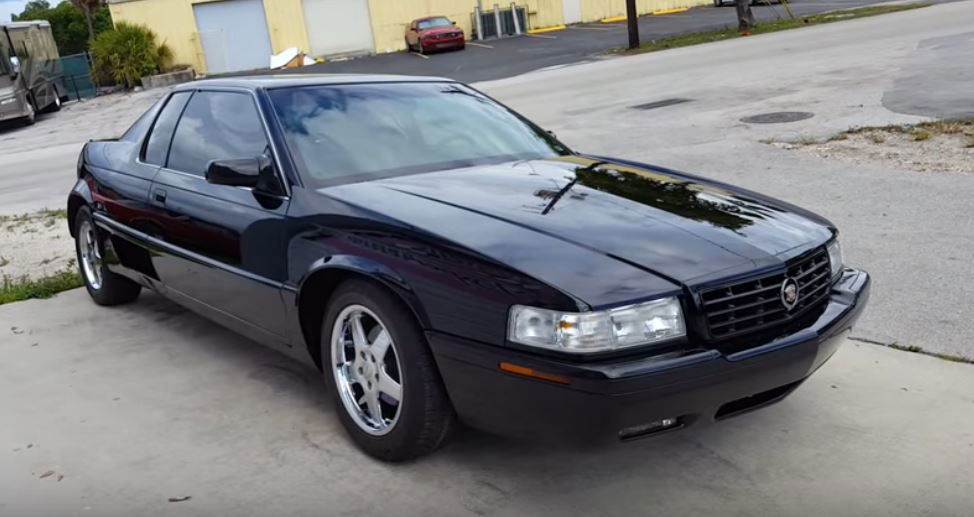
Mosler is generally renowned for its sleek and capable racing cars but it seems the engineering firm also fancied a go at ‘improving’ a 90s Eldorado. Apparently conjured up during testing for a mid-engined Cadillac variant, the Mosler TwinStar featured two DOHC 32-valve V8s, making for 9.1 litres and 16 cylinders. As President Trump might say: they went bigly.
Predictably, the car came in at over two tonnes but was still capable of the sprint to 60mph in five seconds on the way to a limited 126mph. Four-wheel drive was used to tame the combined 567bhp but the elongated wheelbase and sheer mass of the TwinStar made for a, ahem, fairly poor dynamic package. It cost around $70,000 (£57,000) for Mosler to build customers this car back in the day (including the standard Eldorado) but surprisingly only five cars were produced…
Mini Cooper Twini
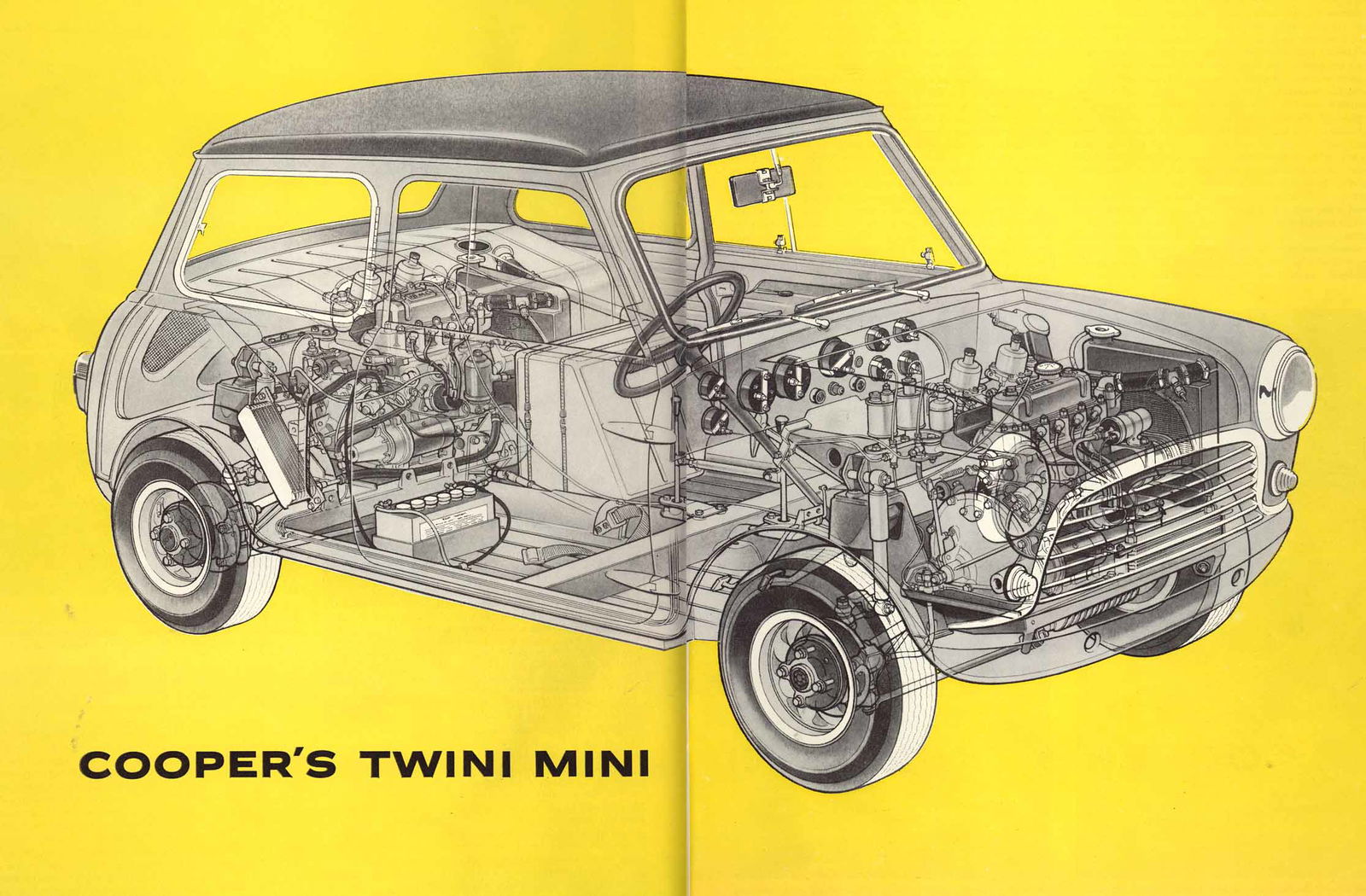
John Cooper is one of the most respected automotive engineers of all time, and this Frankenstein car was potentially his most ambitious tuning project. After experiencing a twin-engined Mini Moke, Cooper decided to adorn a standard Mini with a race-spec 82bhp 1.1-litre engine under the bonnet to power the front wheels and a 96bhp 1.2 in the boot to drive the rears.
The 178bhp pocket rocket needed a strengthened chassis and subframes and the separate transmissions were actuated together by linked gearsticks for synchronised shifting. The Twini lapped the circuits of Britain up to two seconds faster than race-prepared single-engined Minis during private track days but the concept came to a nasty demise when a mechanical fault caused a near-fatal accident in May 1964… with Cooper himself at the wheel.
Citroen 2CV 4x4 Sahara
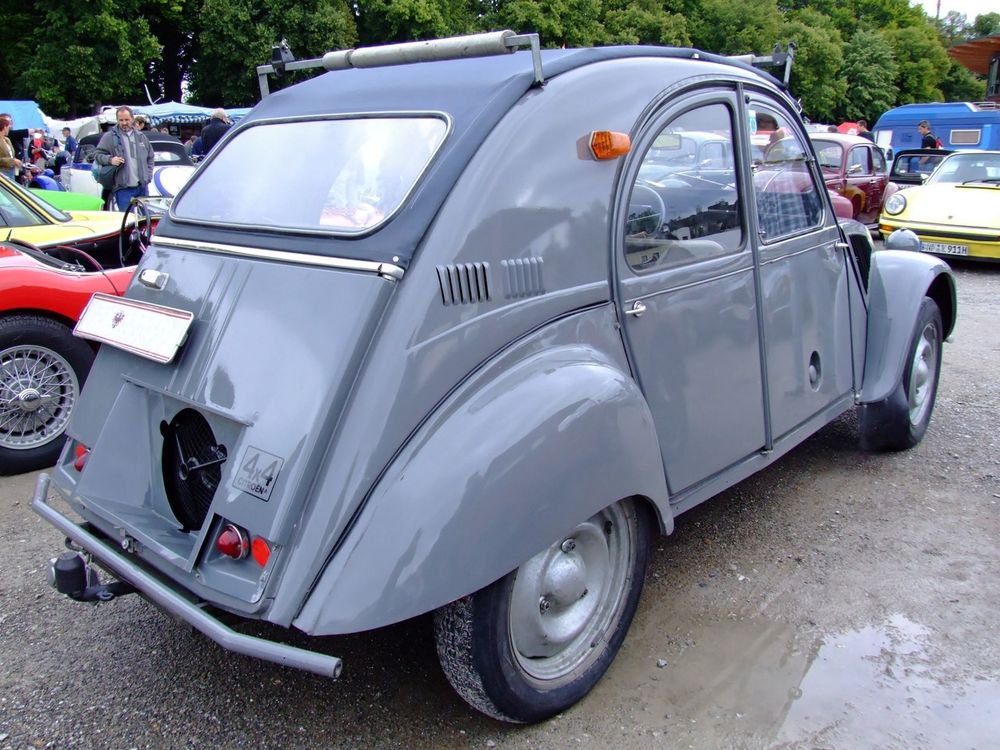
Despite its lack of power and horrendous safety record, there’s no doubting that the 2CV shaped the European car industry throughout its cheap-as-chips production run. The variant that makes its way onto this list is the 4x4 Sahara, which was initially designed for French military use in North Africa. Like the Mini, all four wheels were driven, with each axle having its own 12bhp(!) air-cooled flat-twin engine placed above it.
This meant that on sandy and rocky terrain, traction and drive could be still be delivered if one axle started to slip. Using just one engine propelled the Sahara to a suitable top speed of 40mph but fire up the rear powerplant and all Hell would be unleashed, resulting in the car actually being able to record a 0-60mph time. Eventually. Top whack was 65mph.
MTM TT Bimoto
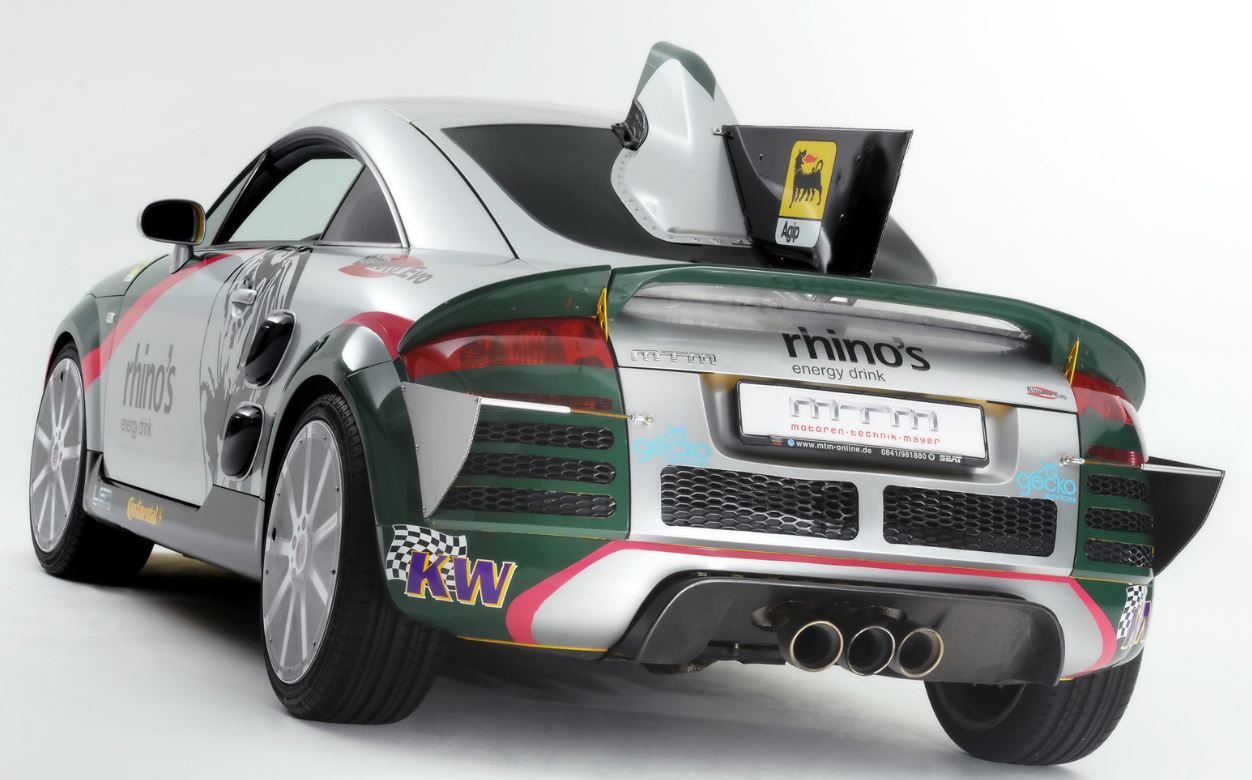
The most performance-orientated car to feature a double-engined layout, this Audi TT-based leviathan was tested at 244mph in 2007 at Papenburg in Germany, giving some much-needed credibility to what was, and is, controversial modification. This speed was achieved by placing a duplicate 1.8-litre Audi inline-four into boot of a TT, along with tuning them both to the extreme, of course.
The resultant figures were 370bhp each, amounting to 740bhp split between the four wheels. Tipped as a genuine Veyron rival, the Bimoto could get to 60mph from standstill in 3.5 seconds using tighter gear ratios than for the top speed runs and has only recently been pipped by modern R8s to the prize of the fastest-accelerating Audi ever. You still can’t get 244mph out of an R8, though…
Jeep Hurricane
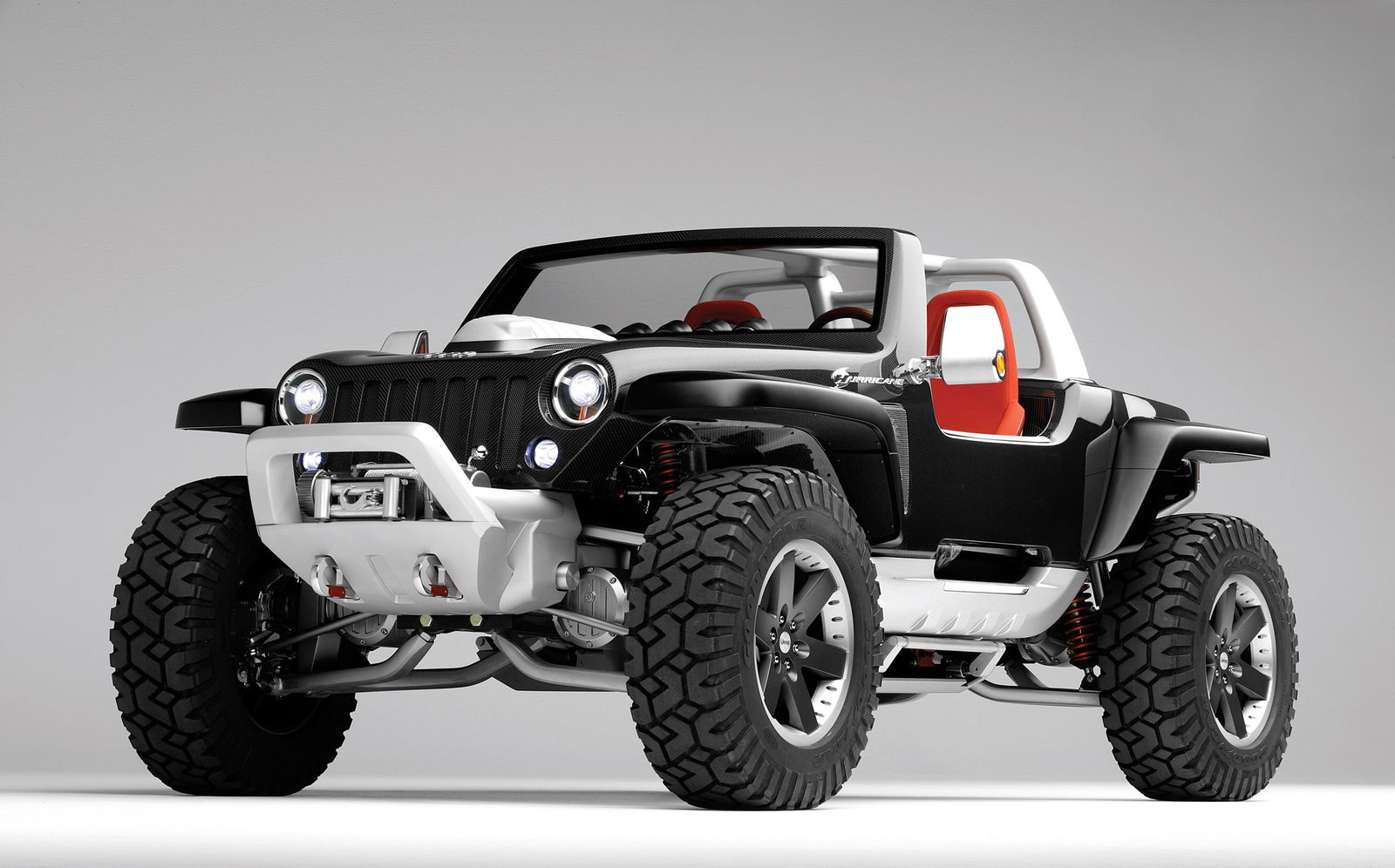
Unveiled at the 2005 Detroit Motor Show, this concept car was designed to be Jeep’s ultimate performance off-roader. The showcase machine used two identical 5.7-litre Hemi V8s front and rear, both developing 330bhp for a 660bhp total. For some insane reason Chrysler decided that fuel efficiency should still be a feature of its concept, so cylinder deactivation was implemented meaning the car could run on 4, 8, 12 or the full 16 pistons depending on the situation.
For terrain navigation, the Hurricane had access to a fullsome 740lb ft of torque as well as one of the most ingenious suspension and steering systems ever produced. Using an extreme method of all-wheel steering, the Jeep could ‘crab steer’, meaning the car could rotate a full 360-degrees on the spot in search of the best route through rugged terrain. Coupled with a 4.9-second 0-60mph time, one wonders what would happen if full-throttle was applied during crab mode. You’ve also got one hell of a post-apocalypse runabout, too.
In terms of mass-production, twin-engined vehicles are generally restricted to boating and heavy military applications. Although it can seem awesome in concept, the weight penalty is always an issue and advancements in tuning have rendered a second engine effectively useless. Despite this, these automotive oddballs proved it could be done, whether it be for outright pace or off-roading prowess.
What’s your favourite quirky modification? Are there any other twin-engined machines that we’ve missed? Comment with your suggestions below!
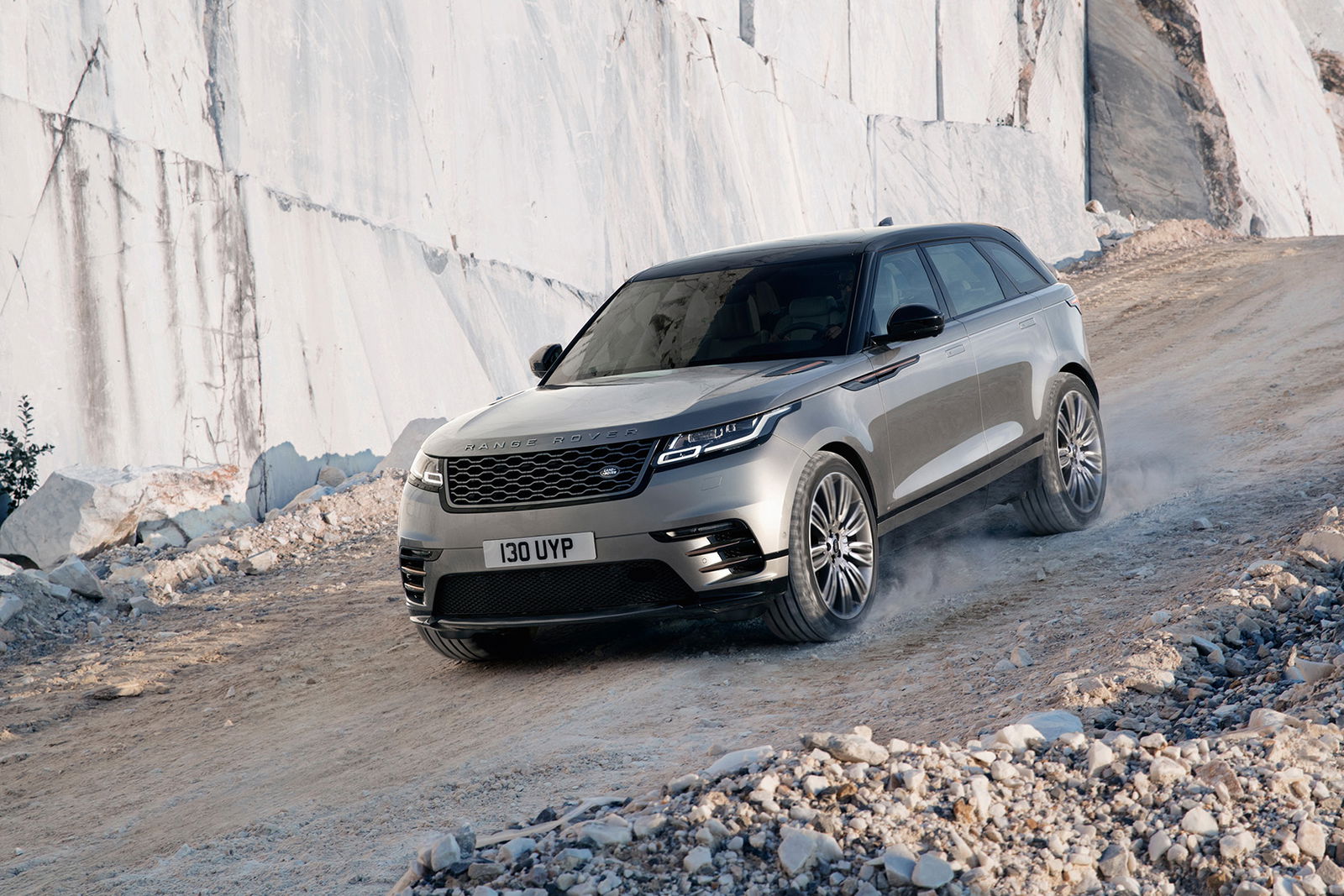

Comments
https://www.youtube.com/watch?v=aOk7dU1Irhs
You forgot the Saalfaromeob
4 wheel steering too
The owner of this very special car called into my work yesterday trying to sell it. He built it in 1985 from what I can find on the internet, and it has 3 Chevrolet 350C.I. V8s under it’s huge hood. He calls it the Panther. Unfortunately, my manager and my boss were not interested in buying it.
When I first sat in A-class I tought there is a condo sonewhere downstairs…that floor is so high
That Jeep reminds me of the Warthog from Halo!
Twini Mini tiny foot,
Fetch an engine in the boot.
If he’s rolling, let him roll,
Twini Mini: Rock ‘n’ Roll! ;-)
We algo got one of these twin engined cars here in Spain, a 1987 Mk1 Ibiza. In fact, we got two of these Ibiza Bimotor with the 1.5L “System Porsche”, making around 300 HP (150 each engine). It also got two gearbox and two clutchs. They were used by SEAT Sport on the 1987 and 1988 seasons of the Spanish’ Gravel Rally Championship
Why stop at 2 engines?
https://youtu.be/EoTVvTTiT6w
Not a car, but still.
DAF Turbo Twin X1.
Two 11.6L turbocharged straight six diesels, with an extra turbo thrown in for good measure. 1220 total horsepower, 4500 nm total torque.
Pagination